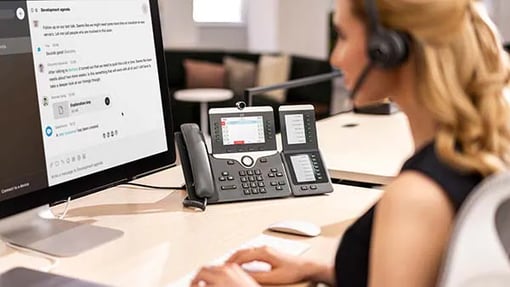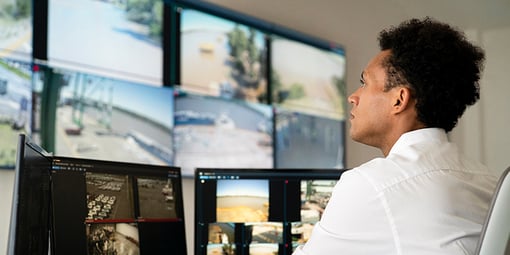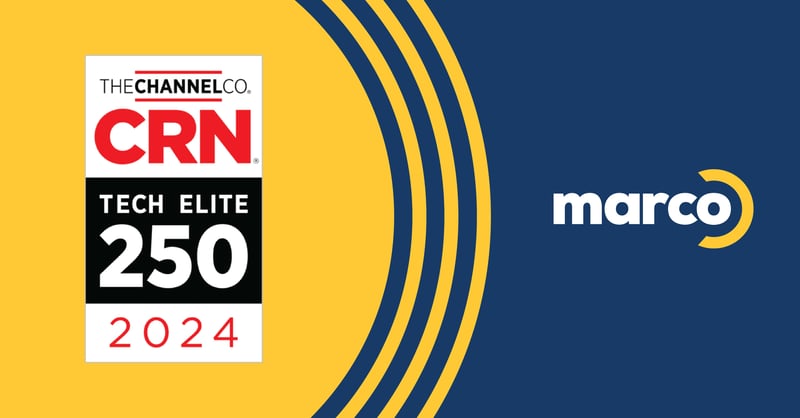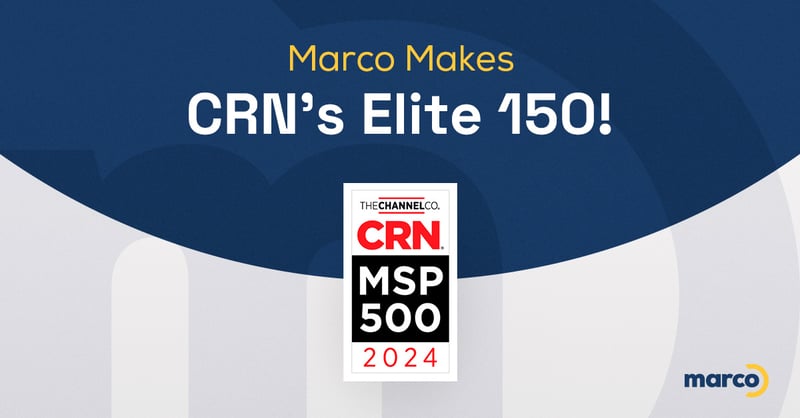Welcome to the Marco Family
We are proud to serve clients of all sizes and industries to help them achieve their goals. Our goal is to provide top-notch service and technology solutions so our clients can spend less time on technology and more time on their business.
Contact Information
Phone
800.847.3098
Phone
800.847.3098
You will be prompted to select 1 for service requests and then press 1 for copier/printer service. Press 2 for copier/printer supplies.
Service requests: copierservice@marconet.com
Supply requests: supplies@marconet.com
When placing a copier service or supply request by phone or email, please provide your:
- ID # / Serial # of the machine and the model number
- Contact information (first and last name, phone number)
- Supplies - Provide quantity and color (if applicable)
- Service - Provide detailed description of issue
Automatic Toner Delivery
If you were participating in the automatic toner delivery service previously, you will be automatically enrolled in Marco’s Automatic Toner Ordering process at no additional cost. You will continue to receive toner as your toner is depleted without having to place a request for supplies.
We will be reaching out to you soon to implement the Marco solution for automatic meter reading and toner delivery. For more information on this solution, go to marconet.com/print-aware.
If you were not participating in the automatic toner ordering service and would like to enroll or if you would like to confirm the status of your automatic toner ordering services, please contact Marco’s data collection team at cpdatacollection@marconet.com.
Phone System Service
Phone: 800.847.3098; Option 1 followed by Option 2
Email: voiceservice@marconet.com
Computer, Server and Network Service
Phone:800.847.3098; Option 1 followed by Option 3
Email: computerservice@marconet.com
Audio/Video, Video Surveillance and Door Access Service
Phone: 800.847.3098; Option 1 followed by Option 4
Email: videoservice@marconet.com
Enterprise Content Management
Phone: 800.847.3098; Option 1 followed by Option 5
Email: software@marconet.com
Request a login via Marco's Client Center
Our Client Portal makes it easy to submit service tickets, meter reads, order supplies and more...all in one spot.
https://portal.marconet.com/signup
Login to Marco's Client Center
Once registered, save the link below to login.
https://portal.marconet.com/signin
Access to Legacy INNOVEX Client Portal
To login to the legacy INNOVEX Client portal, please use the following link.
Phone
800.847.3014
Marco Attn: Accounts Receivable
PO Box 782773, Philadelphia, PA 19178-2773
NOTE: Please discontinue any ACH payments and issue your payment via check. Or you can contact us to obtain new ACH instructions.
Invoices
Watch any of our 4 step-by-step videos to understand how to read your invoices from Marco here: https://help.marconet.com/how-do-i-read-my-invoices-from-marco
Phone
800.847.3014
leasingcustomerservice@marconet.com
Marco Attn: Leasing Department
4510 Heatherwood Road, St. Cloud, MN 56301
NOTE: Lease payments should continue to be remitted to the address on your lease invoice
Discover a treasure trove of self-help resources in our comprehensive Knowledge Base, available at help.marconet.com.

Got Something Techy on Your To-Do List?
Marco is your leading, integrated-technology services provider that helps assess, implement, and manage your office technology and tools.
Complete the Form to Get Started
More Services to Offer
You can expect all of the same quality service offered previously, along with Marco's complete offerings.

Copiers & Printers
We’ll help you choose the most efficient devices for your organization, and if you’d like, we can manage your entire fleet.

IT & Security
Our experts can transform your tech from a source of stress to one of strength.

Phone & Collaboration
Empower in-person and remote workers with new, feature-rich phone systems and intuitive apps.


Physical Security
Protect your people, assets and building with video surveillance and key fobs for secure entrance.

Enterprise Content Management
A more efficient way to consolidate documents and data across your business.
Marco News Releases

ST. CLOUD, MINN., APRIL 4, 2024 — Marco, a leading technology services company, announced today that CRN®, a brand of The Channel Company, has named M...

ST. CLOUD, MINN., FEBRUARY 23, 2024 — Marco, a leading technology services company, announced today that CRN®, a brand of The Channel Company, has nam...

